Your Water Treatment Process
Overview
The primary source for water in Sherwood comes from the Willamette River Water Treatment Plant (WRWTP).
During the 1990’s pilot tests were conducted in Wilsonville using conventional treatment methods. These tests confirmed that under “worst case” conditions, treated water from the Willamette River could consistently meet drinking water standards. As a further margin of safety, enhanced methods of treatment were tested and incorporated into the design of the multi-barrier system used at Wilsonville’s water treatment plant. The resulting water supplied from this facility is even purer than required by current drinking water standards (as well as proposed future drinking water standards).
The treatment facility is “over-designed” in the sense that drinking water standards can be met without such extensive treatment. Nonetheless, the plant is operated using all steps at all times – – whether or not they are all needed to meet drinking water standards. In addition, the treatment plant has redundant (i.e., back-up) systems for all these processes.
Sherwood has two back-up sources – local ground water wells and the Bull Run Watershed northwest of Portland. Sherwood’s well water is treated with chlorine, with one well also treated to remove iron and manganese. Water from Portland’s Bull Run does not require filtering. Before delivery to the City, the water is disinfected with chloramines (a combination of ammonia and chlorine) and receives a pH to minimize corrosion.
5-step treatment process of the WRWTP
Headings
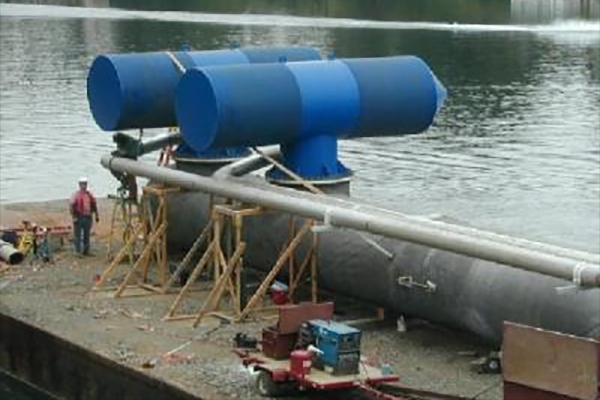
Step 1
The intake screens protect fish and other prevent debris from entering the treatment facility.
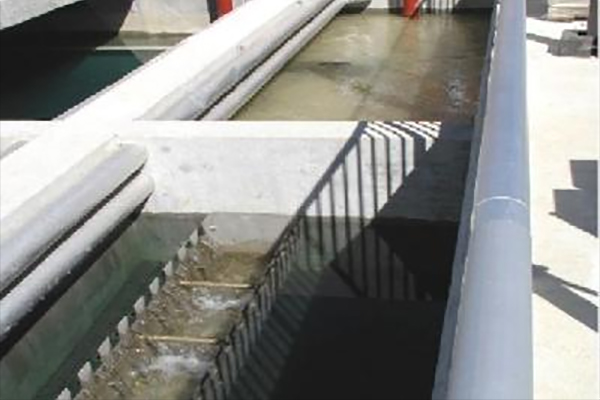
Step 2
Enhanced Sedimentation removes materials that are small enough to pass through the intake screens.
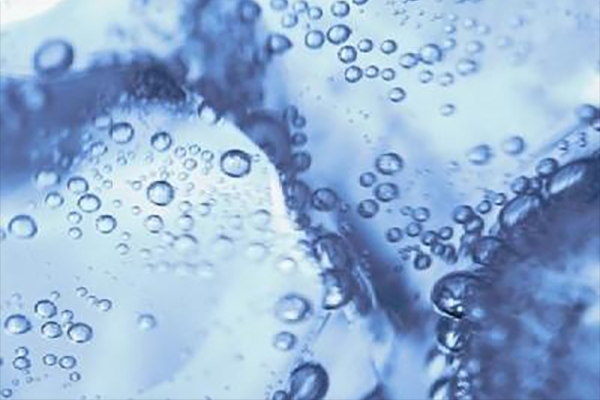
Step 3
Ozonation plays a big part of disinfecting and filtering.
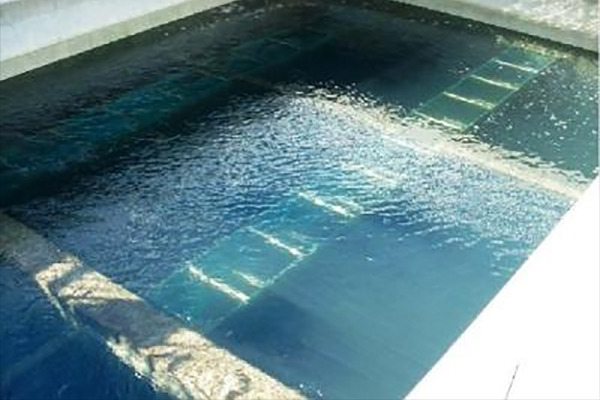
Step 4
Granular Activated Carbon removes turbidity and odors while a sand filter “polishes” the water.
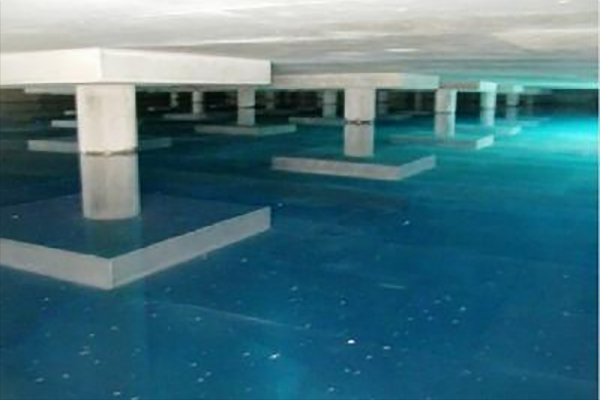
Step 5
Secondary disinfection adds chlorine to prevent bacterial contamination for its way to your tap.
Visit the website to learn more about the WRWTP. Tours of the Willamette River Water Treatment Plant are given by appointment. If you are interested in scheduling a tour contact Veolia Water at (503) 582-9655.
 Welcome to the City of Sherwood’s Notification System, the city’s latest tool for providing residents with immediate information and warnings on water contamination, extreme weather warnings, unexpected road closures, etc. This is a free service provided by the City of Sherwood.
Welcome to the City of Sherwood’s Notification System, the city’s latest tool for providing residents with immediate information and warnings on water contamination, extreme weather warnings, unexpected road closures, etc. This is a free service provided by the City of Sherwood.